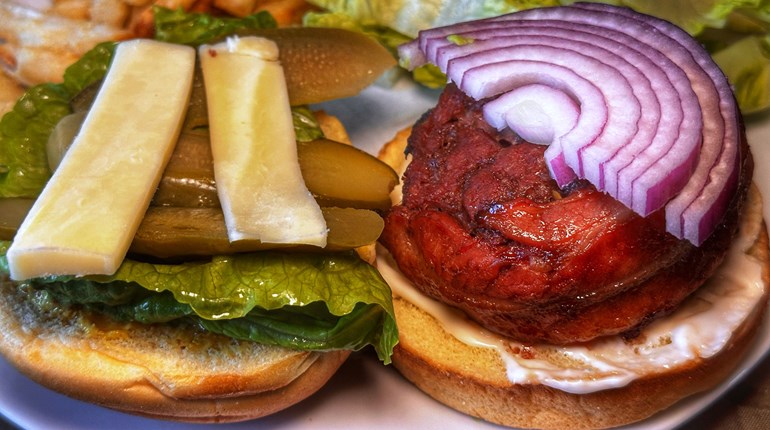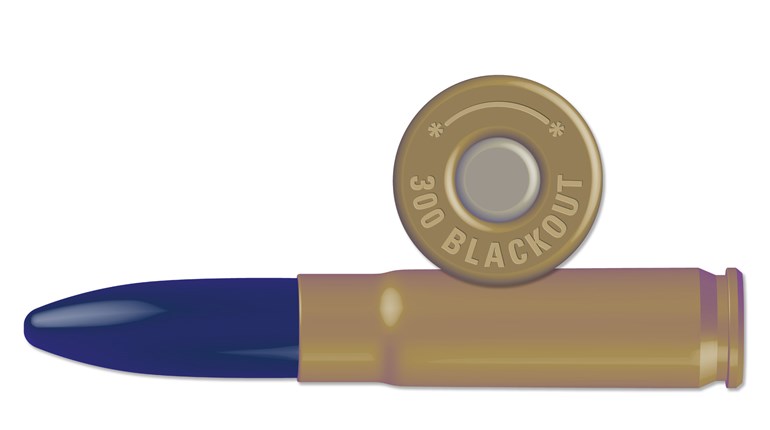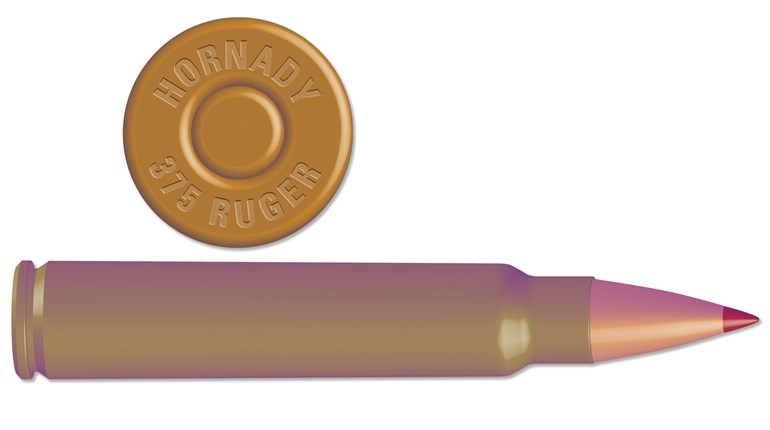
When I hear the word schnitzel, I think of Austrian wiener schnitzel made with thin veal cutlets. They’re always extremely tender, and the crisp coating goes well with a dark brown gravy or specialty sauce. Over the years, I’ve made lots of schnitzels, but never from veal. Deer, wild hog, and more recently goose, have topped my list for schnitzel meats.
If you have finicky waterfowl eaters in your house or hunting camp, this recipe will either fool them or convert them to feasting on migratory fowl. Pounding or running the breasts through a tenderizer machine makes them extremely tender and palatable.
If you’d like to make a traditional meal, try serving the schnitzel with German spätzle, fried potatoes or German potato salad. A lemon wedge and a dusting of freshly minced parsley would be apropos.
Ingredients
• 4 boneless, skinless goose breasts
• salt and freshly ground black pepper
• 1/2 cup all-purpose flour combined with 1 teaspoon salt
• 2 large eggs, lightly beaten
• 3/4 cup plain breadcrumbs
Directions
1. Place the goose breasts between two sheets of plastic wrap, and pound them with the flat side of a meat tenderizer, until they are ¼-inch thick. A tenderizer machine or adaptor for a grinder works great. Lightly season both sides with salt and freshly ground black pepper.
2. Place the flour mixture, egg and breadcrumbs in separate shallow bowls. Dip the breasts in the flour, the egg, and the breadcrumbs, coating both sides and all edges at each stage. Don’t press the breadcrumbs into the meat, and gently shake off excess crumbs. Don't let the schnitzel sit in the coating or they will not be as crispy once fried—fry immediately.
3. Preheat the cooking oil to 330 degrees before coating the schnitzel so it is ready to fry. Use enough oil to cover the sides of the meat but not flow over the top.
4. Fry the schnitzel for 3 minutes per side, allowing the breadcrumb coating to get golden brown. Place cooked meat on a plate lined with paper towels for one minute to absorb any extra oil.
5. Serve immediately with slices of fresh lemon and parsley sprigs or with your choice of sauce or gravy.




































